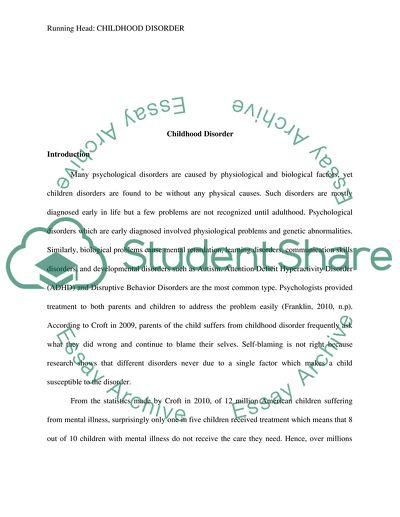Cite this document
(“Childhood Disorder Research Paper Example | Topics and Well Written Essays - 2250 words”, n.d.)
Retrieved from https://studentshare.org/psychology/1438359-childhood-disorder
Retrieved from https://studentshare.org/psychology/1438359-childhood-disorder
(Childhood Disorder Research Paper Example | Topics and Well Written Essays - 2250 Words)
https://studentshare.org/psychology/1438359-childhood-disorder.
https://studentshare.org/psychology/1438359-childhood-disorder.
“Childhood Disorder Research Paper Example | Topics and Well Written Essays - 2250 Words”, n.d. https://studentshare.org/psychology/1438359-childhood-disorder.


